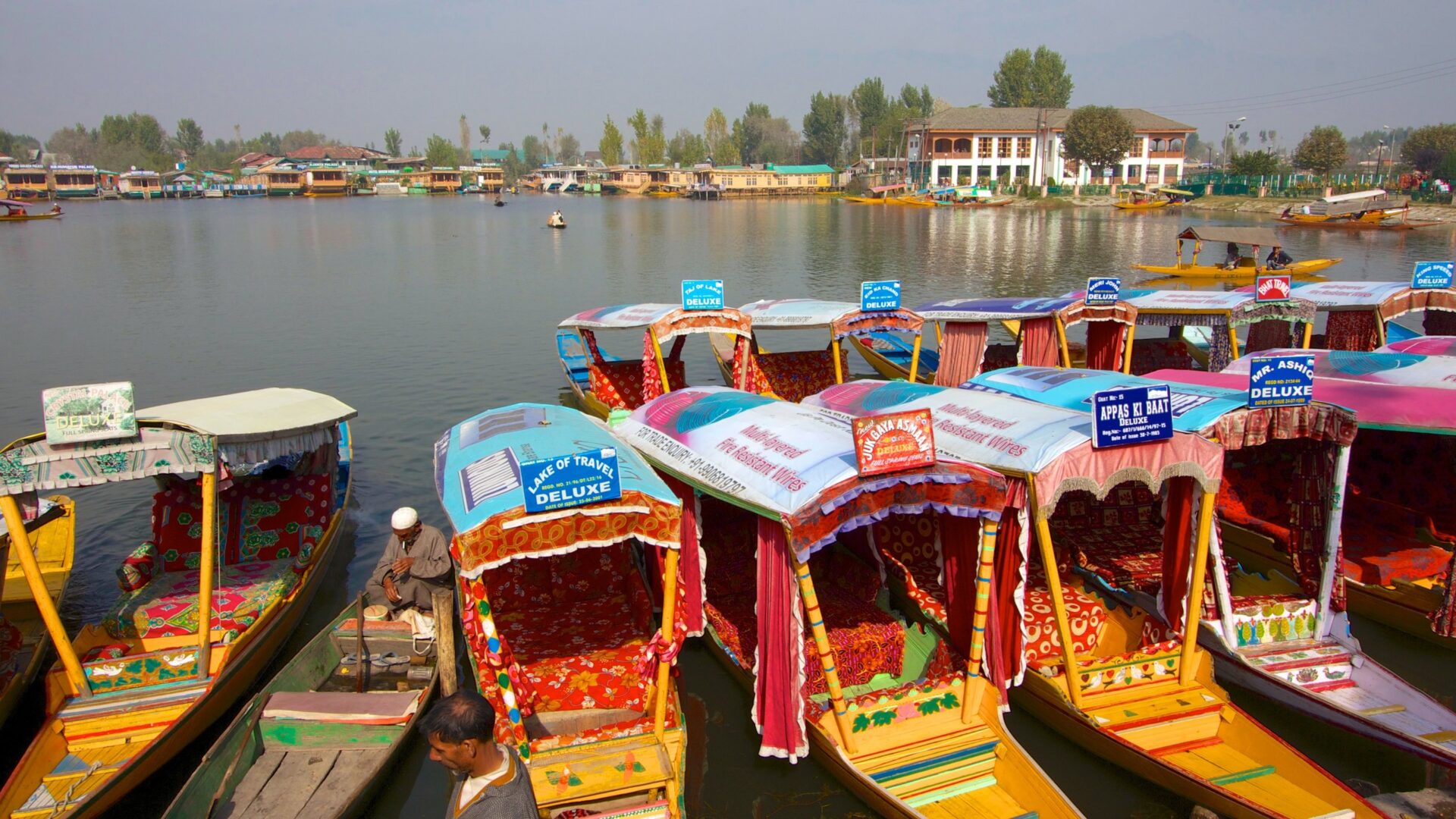The Union Territory of Jammu and Kashmir is witnessing a rapid development with steady rise in tourism, startups and investment.
In June, J-K experienced a record-breaking influx of foreign and domestic tourists which led the region’s tourist department to take proactive measures for tourism promotion, including visual tours, airline promotions and other online marketing tools. The choice of Kashmir as a site for the G20 Working Meeting on tourism in May this year, was obvious and yet symbolic. The beauty of Kashmir which renders it the title ‘Paradise on Earth’ makes it an obvious choice for the tourism summit.
However, it also had a symbolic value in two ways: One, it replenished the valley’s image as a major tourist destination for the world. Second, it sent a strong signal internationally that despite its tumultuous and acerbic past, Kashmir has been progressively achieving a state of peace and normalcy.
However, it is not only in tourism that Kashmir has been performing well. The valley has recently experienced a surge in start-ups.
More than 400 start-ups have been registered with the government of Jammu and Kashmir (J-K) and Start-Up India across sectors including horticulture, food and crafts, and e-commerce.
Websites like startupkashmir.org and startupjk.com provide a comprehensive ecosystem, attracting investors and providing training to its youth. In terms of poverty eradication as well, Kashmir seems to be faring quite well.
As per the recently released Multidimensional Poverty Index, Kashmir’s headcount ratio has fallen from 12.56 per cent in 2015-16 to 4.8 per cent in 2019-21. This implies that more than one million people exited multi-dimensional poverty in J-K by 2019-21.
As a multi-dimensional measure, a reduction in poverty indicates the fact that over the period between 2016 and 2021, the region has experienced progress over three main socio-economic indicators: health, education, and standard of living.
In this period, J-K has witnessed a drastic fall in the proportion of the population deprived over various indicators pertaining to nutrition, school attendance, sanitation, years of schooling, maternal mortality, and housing, to mention a few.
The strengthening of these socio-economic indicators has been accompanied by infrastructural developments in the region.
Mega projects in the valley are transforming the landscape, ensuring economic growth and seamless connectivity for greater social and geographical assimilation of the region connectivity projects.
Recently completed T5 tunnel by NHAI, Delhi Amritsar Katra Expressway, Anji Khad Cable Bridge, Kiru Hydro Electric Project are examples of few of the upcoming mega infrastructure projects that will transform the region.
With the New Industrial Policy, 2021-30 for J-K, more than 66,000 crores of investments have been promised by December 2022. With the peace restored, business opportunities are booming as investors are developing confidence in the law-and-order situation of the region.
It has also been attracting FDI, most notable being the Emaar group from Dubai, undertaking projects to build commercial spaces in the valley.
At the Center, the Indian Union Government announced the New Central Sector Scheme for Industrial Development of the Union Territory of J-K. It provides incentives to investors under four categories: capital investment incentive, capital interest subvention, GST-linked incentive and working capital interest subvention.
The steady economic growth witnessed by J-K over the last couple of years has brought in the era of what is popularly called Naya (New) Jammu and Kashmir in India.
J&K is moving fast and marching ahead. With better socio-economic indicators, emerging peace, and reduced deprivation, the living standards in the valley are improving.

